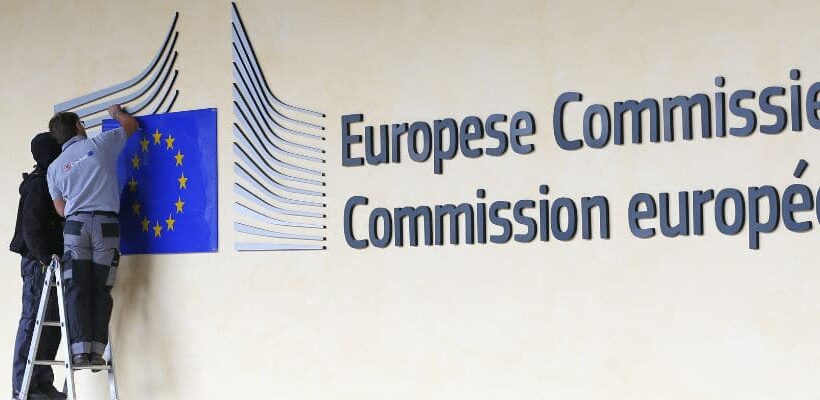European Commission, the regulator in the 27-country bloc, announced on Friday that it will replace two interest rate benchmarks, the Swiss Franc London Interbank Offered Rate (CHF LIBOR) and the Euro Overnight Index Average (EONIA), with a Swiss Franc risk-free rate and risk-free euro short-term rate, respectively.
Both the existing benchmark interest rate will case to be published by the end of this year, two separate papers published by the European regulator confirmed.
The two new rates will automatically replace CHF LIBOR and EONIA in contracts and financial instruments from January 1, 2022.
Cease of LIBOR
Interest rate benchmarks set the basis for a range of financial contracts such as mortgages, bank overdrafts, and other more complex financial transactions.
The replacement of the existing benchmarks is a part of the global transition from the controversial LIBOR to much safer and risk-free benchmark rates. The United Kingdom’s FCA, which oversees LIBOR, decided to discontinue the benchmark after massive manipulations for years by bank cartels.
While the LIBOR benchmark rate for the pound sterling, euro, Swiss franc, Japanese yen and for the one-week and two-month US dollar settings will be ceased on December 31, 2021, the rest of the US dollar settings will cease on 30 June 2023.
This also prompted global regulators to take other benchmark rates as a reference for financial markets. The US market players are mostly switching to Secured Overnight Financing Rate (SOFR).
Multiple Australian regulators also urged financial companies to accelerate the switch from using LIBOR, thus ensuring a smooth transition before the set deadline. The FCA also proposed the ‘synthetic’ yen and sterling-denominated settings to avoid disruptions to contracts that cannot be quickly moved to alternative rates in time.
Source: Read Full Article
